It appeared to be a textbook case of strangulation.
But not so fast…..
Harry looked up from the morning paper as a new case file slid across his desk. A detective’s desk is always cluttered. It’s in the rules.
The file contained notes and documents for a 2006 Nissan Titan with a 5.6 L V8 engine and 180 K miles on the odometer. This Titan had an issue of intermittently not being able to accelerate.
It appeared to be a clear case of strangulation. The fact that it was intermittent made the case more complex. But it still appeared to be strangulation.
Harry knew that, with that many miles on the truck, any number of things could be wrong. When the victim was brought in for an autopsy, the officer on duty had taken a statement from the only witness in the case. The witness stated that, when trying to accelerate, the truck would not go over 2,000 rpm or 50 mph. This had happened a few times over the last three weeks. The witness also stated that a Nissan dealership had already investigated the incidents and recommended a new catalytic converter, exhaust manifold, and fuel pump. So there were theories about the crime, but no solid evidence.
With the last sip of his coffee, Harry stood up and started his detective process.
Our tenacious hero was methodical to a fault. He had a process that he followed on every case. Some of the younger techs on the force gave Harry a hard time for being too slow and old school, but Harry had one of the best records of solved cases the department had ever seen.
After spending several hours chasing down all the usual suspects, our intrepic detective still had no solid leads. The full vehicle scan showed no faults in the engine or transmission control modules. Having no faults present also meant there was no freeze frame data available with which to recreate the conditions of the crime.
Fuel pressure and volume checked out within specifications. A volumetric efficiency test revealed nothing unusual. The engine was inhaling and exhaling normally and, during road testing, the live scan data revealed nothing unusual. The throttle position and accelerator pedal position sensor data were all correct.
All the leads took Harry down a dead end street.
Our super sleuth decided it was time to question the witness again. This second interrogation proved to be quite informative. The witness revealed valuable details about when the truck would act up. The witness stated that if he left work right at 5:00 PM, the truck ran great. But if he had to work late and left for home at 6:30 PM, the truck would act up and not be able to accelerate.
While this new information was quite interesting, Harry still had more questions than answers. But he knew one thing for sure: He did not want to stay at the shop until 6:30 to try and recreate the circumstances.
Our head detective had a full case load, so the rest of his shift was spent dealing with other crime victims in his shop. All the while, though, he was thinking of the ailing Titan. By the time 5 o’clock rolled around Harry was ready to head home, and he had a hunch about how to get the truck to act up. The only thing Harry could think of that would be different about driving at 6:30 instead of 5:00, would be needing to use the headlamps. The drive home at 6:30 would be in the dark. Harry knew this hunch was thin, but it was all he had to go on.
The owner of the truck had agreed to let Harry use the truck for the night, so he started the drive home with inquisitive anticipation. He accelerated up the on-ramp with no problem and easily merged with the rush hour traffic.
Now it was time to test his theory. He switched on the headlamps and put his foot down. The engine bogged down, and the truck started slowing down.
That was it!
Harry could hardly believe it.
When the headlamps were turned on, the truck would not accelerate above 2,000 rpm. With the headlamps switched back off, the truck roared back to life with enough power to truly be called a Titan.
How could this be?
His mind began wildly formulating theories as to what could possibly be the cause, each theory more sinister than the last. Was the alternator spiking out AC voltage? Could the fuel pump ground circuit somehow be connected to the headlamp switch? Was there a voltage drop to the electronic throttle body motor?
After his mind calmed, Harry reminded himself there had to be a logical explanation for what was happening. He went back over the live scan data from the engine, transmission, and anti-lock brake control modules.
When switching on the headlamps, he noticed that the data PID for brake switch input changed to ON even though his foot was not pressing the brake pedal. Next, he reviewed the wiring diagrams for the brake light circuits and noticed something interesting. There was a splice on the brake switch circuit that headed over to the ABS control module.
Maybe this was it!
Maybe a faulty wiring repair was the source of the crime.
But no, the splice had integrity. So that was not the smoking gun.
Then he had another tech in the shop help him check all the lights on the vehicle. The headlights and taillights were fine, but there was a brake light out. Harry removed the bulb to replace it but, being the good detective that he was, he noticed something that stopped him in his tracks.
One of the bulb filaments was broken. He pulled out his magnifying glass to inspect this new piece of evidence. What he found was astonishing. The broken filament was touching the other filament.
Could this really be the issue? A broken bulb filament?
Harry replaced the bulb and checked the brake switch data PID again. Now the brake switch showed OFF whether the headlamps were on or not. One more road test confirmed that the truck was indeed fixed.
The case was really coming together now. The truck was repaired, but there was one piece of the puzzle still missing — motive.
The motive was really bothering Harry. Why would a single bulb filament cause so much trouble? Our hero had seen bulbs fail in this way before. He had seen bulbs cause strange issues with electrical systems, but nothing like this. The lack of motive was going to keep him awake that night. He needed an answer.
Thankfully, Harry discovered the answer after only a few hours of reading through old case files and debriefs. He found the missing motive in a single sentence on page twenty-one of a Congressional Research Report titled, “Unintended Acceleration in Passenger Vehicles.†The sentence read as follows: “Some automobiles include a brake override system that essentially halts power to the car if the accelerator and brake pedal are depressed at the same time.â€
There it was. In black and white. Right in front of him.
The entire case came back to a brake override system that was part of the engine management strategy. The engine control module would limit throttle output when it saw the accelerator pedal and brake pedal being pressed at the same time. There were no faults stored because the system was working just as it was designed to. The broken bulb filament was acting as a brake switch input and misleading the engine control module into restricting the throttle blade.
Diabolical, but beautifully simple all at the same time.
Well, that was it. Another case cleared, another pat on the back from the Chief. Harry was just relieved it was over. He had gone several rounds with this truck, and he was ready for a rest. Over the years, the cases had all started to run together. But occasionally, there was a vehicle that stood out.
This case was a Titan that Harry would not soon forget.



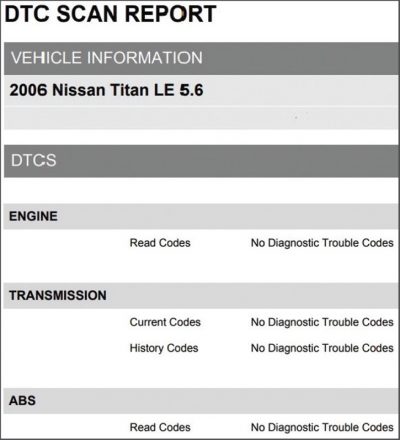
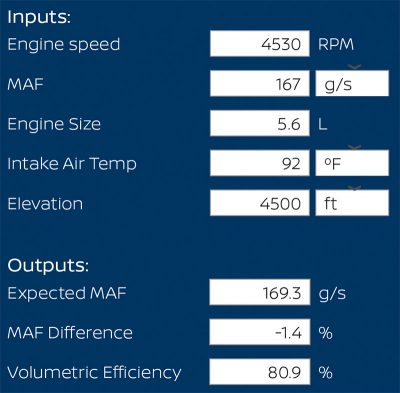

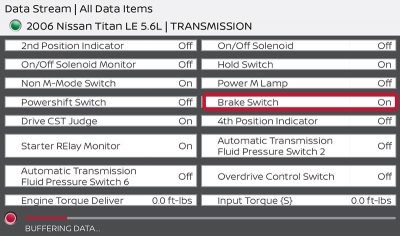
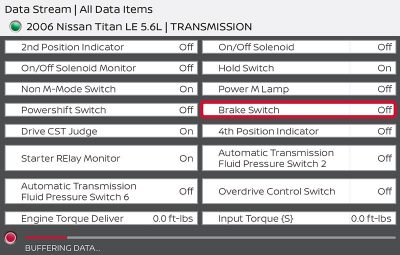
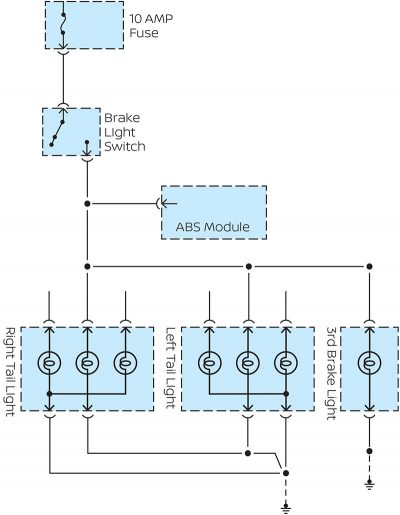
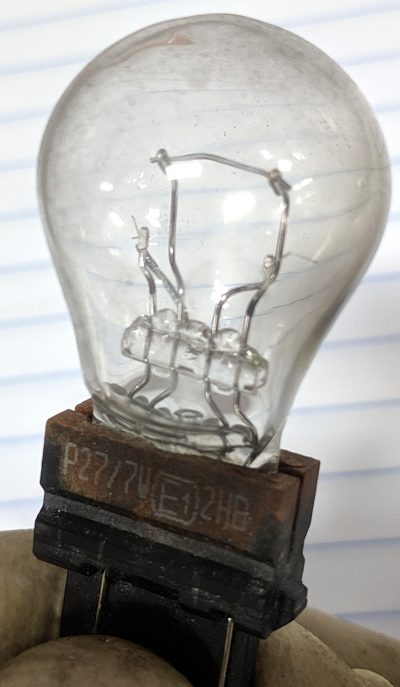




0 Comments